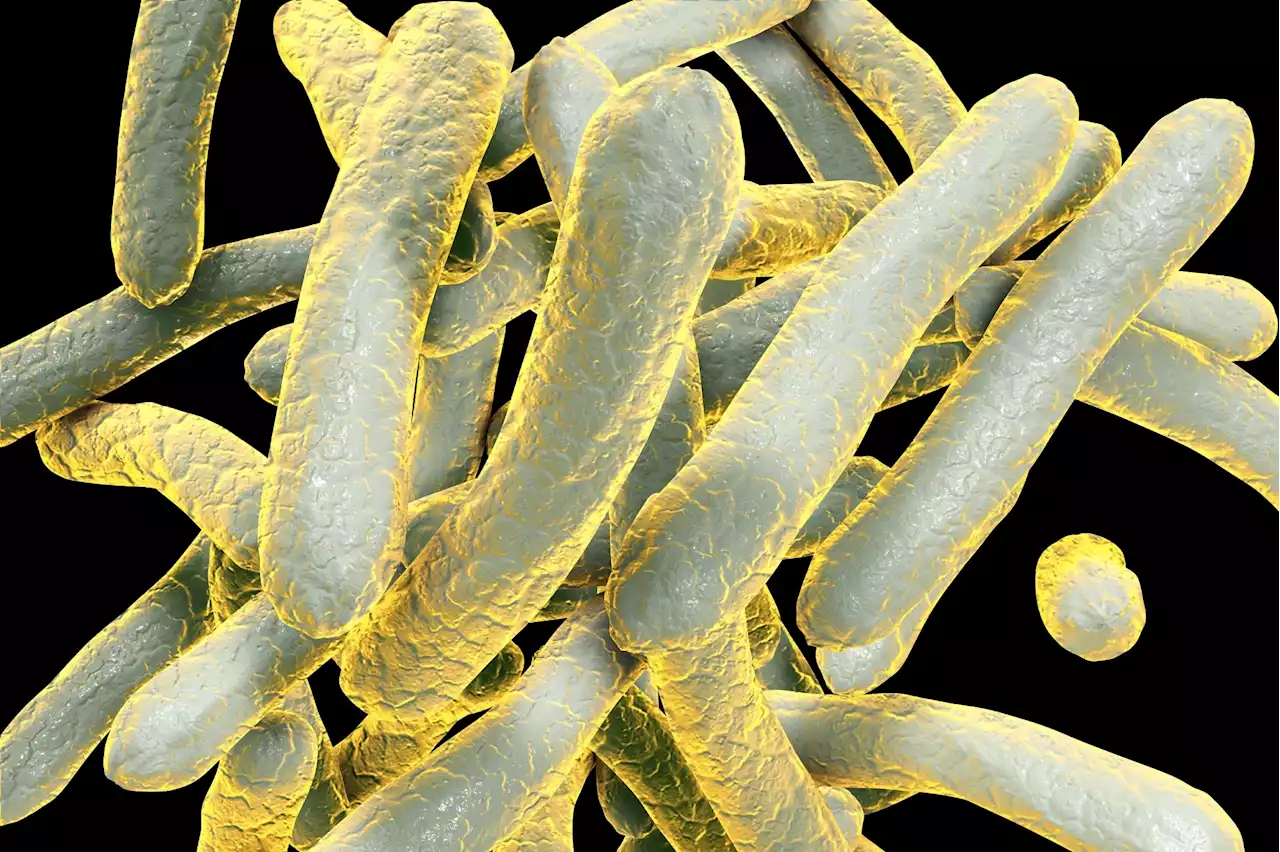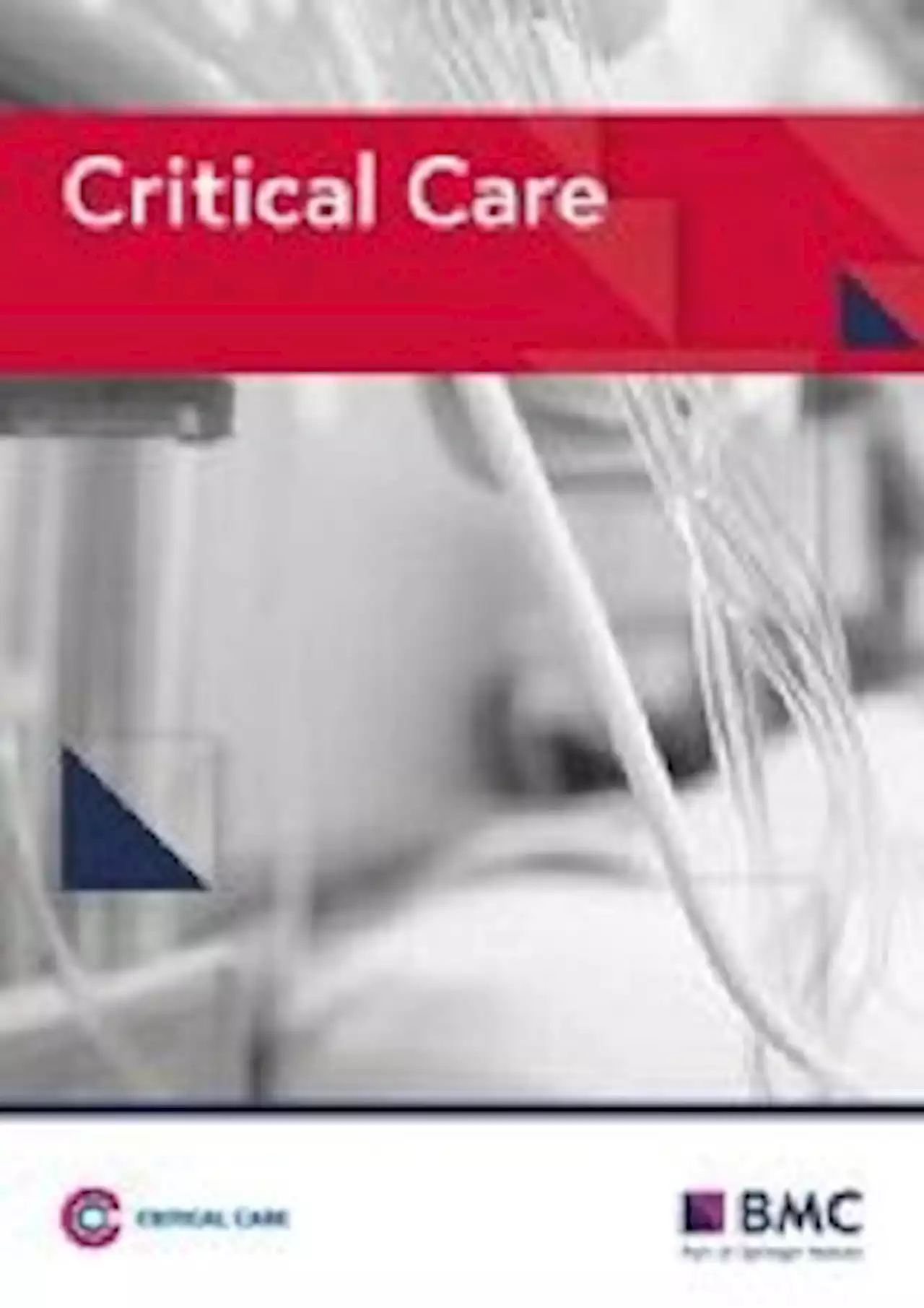How has the COVID pandemic affected neurodevelopmental in infants? Pandemic Neurology Pandemic Neurodevelopmental JAMANetworkOpen harvardmed bcmhouston TexasChildrens
Study: COVID-19 Pandemic and Infant Neurodevelopmental Impairment. Image Credit: Explode / Shutterstock
Furthermore, while studies have not found associations between lower neurodevelopmental scores and exposure to maternal COVID-19 infections, overall, infants born and raised during the COVID-19 pandemic displayed lower personal-social and gross and fine motor skill scores as compared to pre-pandemic infants. This highlights the need to understand the impact of maternal SARS-CoV-2 infections and being raised during the COVID-19 pandemic on the neuronal development of the infant.
The study's primary outcome was measuring the prevalence of neurodevelopmental impairment risk among infants who underwent neurodevelopmental screening during the COVID-19 pandemic. The secondary outcome was to compare the risk of neurodevelopmental impairment in infants exposed during gestation to maternal SARS-CoV-2 infections and those without gestational exposure to the infection.
The study discussed the potential factors that could explain communication impairment among infants in the pandemic cohort. The increased anxiety and stress in mothers and fathers due to social isolation and financial burden during the pandemic could result in a lack of emotional responsiveness, especially in mothers, which could decrease the behavioral exchanges required for language development in infants.
Belgique Dernières Nouvelles, Belgique Actualités
Similar News:Vous pouvez également lire des articles d'actualité similaires à celui-ci que nous avons collectés auprès d'autres sources d'information.
 Effects of SARS-CoV-2-associated stress among pregnant women on development of fetus brainEffects of SARS-CoV-2-associated stress among pregnant women on development of fetus brain Brain SARSCoV2 Stress Coronavirus Disease COVID Neurology medrxivpreprint ChildrensLA PittTweet KeckMedUSC
Effects of SARS-CoV-2-associated stress among pregnant women on development of fetus brainEffects of SARS-CoV-2-associated stress among pregnant women on development of fetus brain Brain SARSCoV2 Stress Coronavirus Disease COVID Neurology medrxivpreprint ChildrensLA PittTweet KeckMedUSC
Lire la suite »
 COVID-19 pandemic increased deaths and disease caused by tuberculosisA new report published by the World Health Organization indicated a decrease in global spending on essential TB services from US$6 billion in 2019 to US$5.4 billion in 2021.
COVID-19 pandemic increased deaths and disease caused by tuberculosisA new report published by the World Health Organization indicated a decrease in global spending on essential TB services from US$6 billion in 2019 to US$5.4 billion in 2021.
Lire la suite »
 Covid: Uni students' legal action over pandemic educationMikail Ranjit says he did not receive the education he had paid for due to the coronavirus pandemic.
Covid: Uni students' legal action over pandemic educationMikail Ranjit says he did not receive the education he had paid for due to the coronavirus pandemic.
Lire la suite »
 Different epidemiology of bloodstream infections in COVID-19 compared to non-COVID-19 critically ill patients: a descriptive analysis of the Eurobact II study - Critical CareBackground The study aimed to describe the epidemiology and outcomes of hospital-acquired bloodstream infections (HABSIs) between COVID-19 and non-COVID-19 critically ill patients. Methods We used data from the Eurobact II study, a prospective observational multicontinental cohort study on HABSI treated in ICU. For the current analysis, we selected centers that included both COVID-19 and non-COVID-19 critically ill patients. We performed descriptive statistics between COVID-19 and non-COVID-19 in terms of patients’ characteristics, source of infection and microorganism distribution. We studied the association between COVID-19 status and mortality using multivariable fragility Cox models. Results A total of 53 centers from 19 countries over the 5 continents were eligible. Overall, 829 patients (median age 65 years [IQR 55; 74]; male, n = 538 [64.9%]) were treated for a HABSI. Included patients comprised 252 (30.4%) COVID-19 and 577 (69.6%) non-COVID-19 patients. The time interval between hospital admission and HABSI was similar between both groups. Respiratory sources (40.1 vs. 26.0%, p | 0.0001) and primary HABSI (25.4% vs. 17.2%, p = 0.006) were more frequent in COVID-19 patients. COVID-19 patients had more often enterococcal (20.5% vs. 9%) and Acinetobacter spp. (18.8% vs. 13.6%) HABSIs. Bacteremic COVID-19 patients had an increased mortality hazard ratio (HR) versus non-COVID-19 patients (HR 1.91, 95% CI 1.49–2.45). Conclusions We showed that the epidemiology of HABSI differed between COVID-19 and non-COVID-19 patients. Enterococcal HABSI predominated in COVID-19 patients. COVID-19 patients with HABSI had elevated risk of mortality. Trial registration ClinicalTrials.org number NCT03937245 . Registered 3 May 2019.
Different epidemiology of bloodstream infections in COVID-19 compared to non-COVID-19 critically ill patients: a descriptive analysis of the Eurobact II study - Critical CareBackground The study aimed to describe the epidemiology and outcomes of hospital-acquired bloodstream infections (HABSIs) between COVID-19 and non-COVID-19 critically ill patients. Methods We used data from the Eurobact II study, a prospective observational multicontinental cohort study on HABSI treated in ICU. For the current analysis, we selected centers that included both COVID-19 and non-COVID-19 critically ill patients. We performed descriptive statistics between COVID-19 and non-COVID-19 in terms of patients’ characteristics, source of infection and microorganism distribution. We studied the association between COVID-19 status and mortality using multivariable fragility Cox models. Results A total of 53 centers from 19 countries over the 5 continents were eligible. Overall, 829 patients (median age 65 years [IQR 55; 74]; male, n = 538 [64.9%]) were treated for a HABSI. Included patients comprised 252 (30.4%) COVID-19 and 577 (69.6%) non-COVID-19 patients. The time interval between hospital admission and HABSI was similar between both groups. Respiratory sources (40.1 vs. 26.0%, p | 0.0001) and primary HABSI (25.4% vs. 17.2%, p = 0.006) were more frequent in COVID-19 patients. COVID-19 patients had more often enterococcal (20.5% vs. 9%) and Acinetobacter spp. (18.8% vs. 13.6%) HABSIs. Bacteremic COVID-19 patients had an increased mortality hazard ratio (HR) versus non-COVID-19 patients (HR 1.91, 95% CI 1.49–2.45). Conclusions We showed that the epidemiology of HABSI differed between COVID-19 and non-COVID-19 patients. Enterococcal HABSI predominated in COVID-19 patients. COVID-19 patients with HABSI had elevated risk of mortality. Trial registration ClinicalTrials.org number NCT03937245 . Registered 3 May 2019.
Lire la suite »
